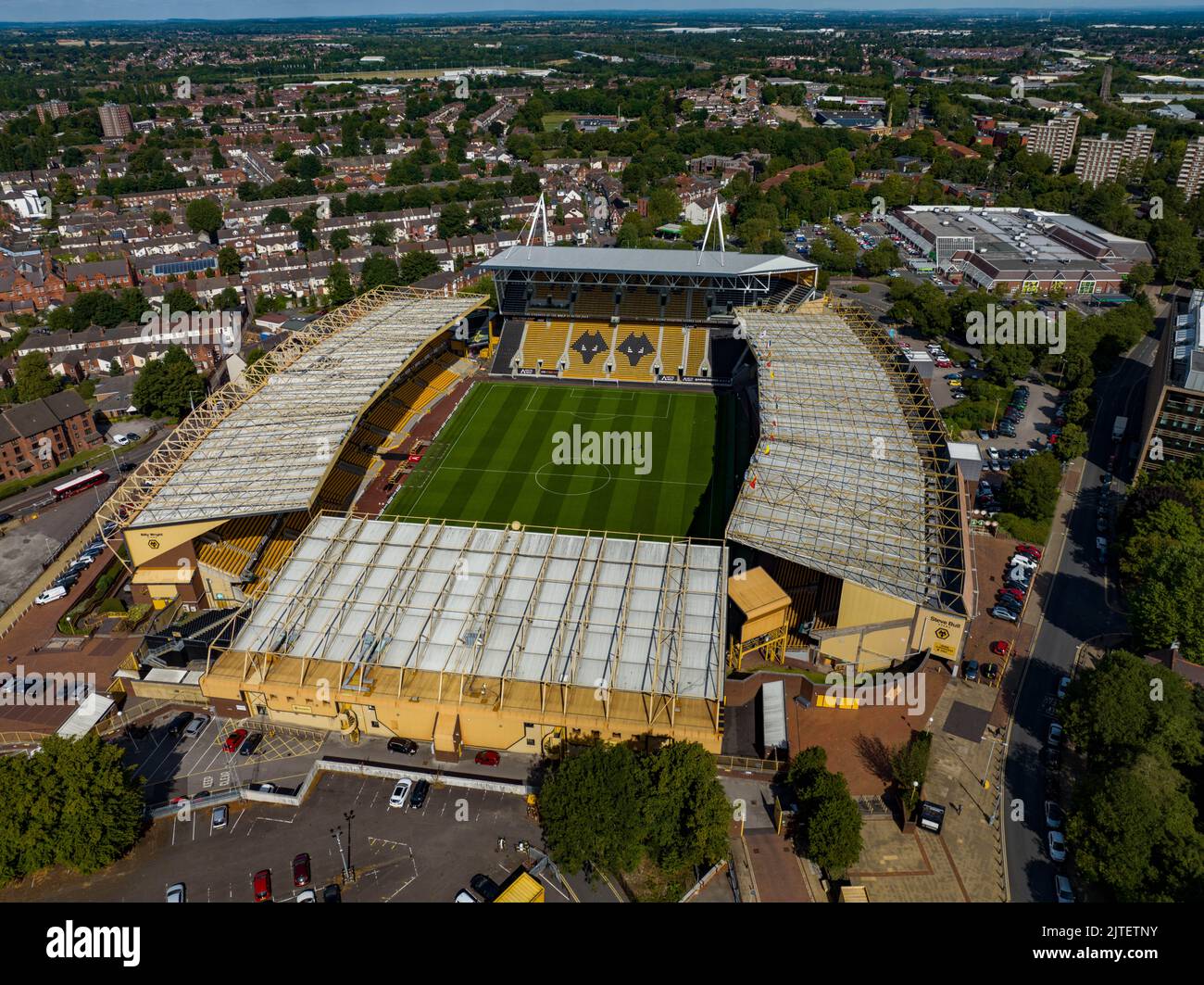
Introduction
Dubrovnik, often referred to as the ‘Pearl of the Adriatic’, stands as a significant tourist destination known for its historic architecture, breathtaking coastal views, and vibrant cultural scene. The UNESCO World Heritage Site, located in Croatia, attracts millions of visitors each year, making it a focal point for discussions on tourism, cultural preservation, and economic impact in the region.
A Rise in Tourism
In recent years, Dubrovnik has witnessed a resurgence in tourism, particularly following the restrictions posed by the COVID-19 pandemic. Official data from the Croatian National Tourist Board indicates that in 2022, Dubrovnik welcomed approximately 1.5 million tourists, a significant increase from the 1.05 million recorded in 2020. This uptick can be attributed to the city’s appeal as a safe and picturesque destination, alongside promotional efforts by local authorities.
Cultural and Historical Significance
One of the main attractions of Dubrovnik is its well-preserved medieval architecture. The city’s iconic Old Town, encircled by massive stone walls, houses numerous historical landmarks including the Rector’s Palace and the Franciscan Monastery, which date back to the 14th century. Visitors often explore the famous Stradun street, known for its stunning limestone pavement and vibrant cafes, providing a taste of both history and modern life. Furthermore, Dubrovnik’s connection to popular media, particularly as a filming location for HBO’s ‘Game of Thrones’, has elevated its global profile, drawing even more enthusiasts to its streets.
Challenges Facing Dubrovnik
Despite the positive tourism outlook, Dubrovnik faces challenges related to overtourism. The city struggles with balancing the influx of tourists and the everyday lives of its residents. Concerns over overcrowding have prompted local authorities to introduce measures aimed at managing visitor numbers, including timed entry tickets for the Old Town. These regulations strive to preserve the city’s cultural heritage while still supporting the local economy.
Conclusion
In summary, Dubrovnik remains a compelling destination renowned for its rich historical narrative and stunning vistas. As it continues to recover and adapt post-pandemic, the city’s balance between tourism and local life will be crucial. The future looks bright for Dubrovnik, as it strives to maintain its allure while fostering sustainable tourism practices that benefit both visitors and residents alike. The ongoing preservation efforts and local policies will play a vital role in ensuring that Dubrovnik remains a cherished jewel of the Adriatic for generations to come.
You may also like

Exploring Monmouth: History, Attractions and Community

Exploring Wolverhampton: A Gateway to Culture and History
